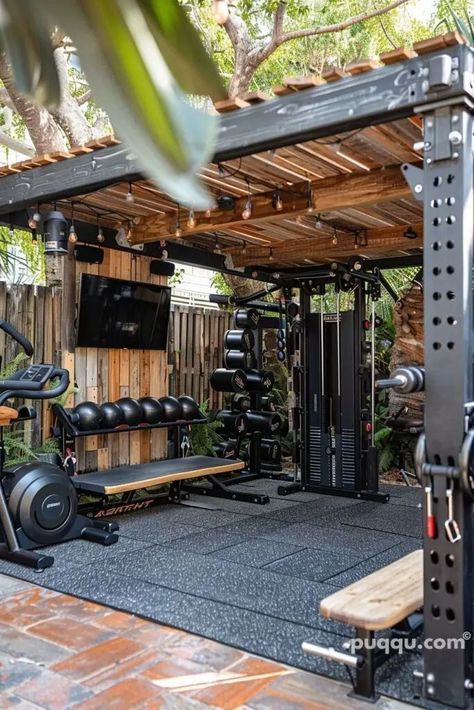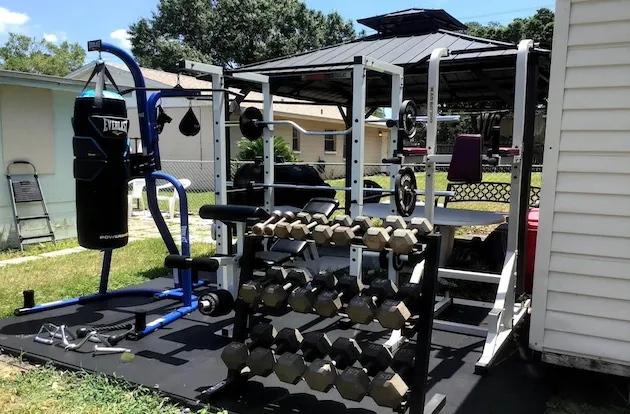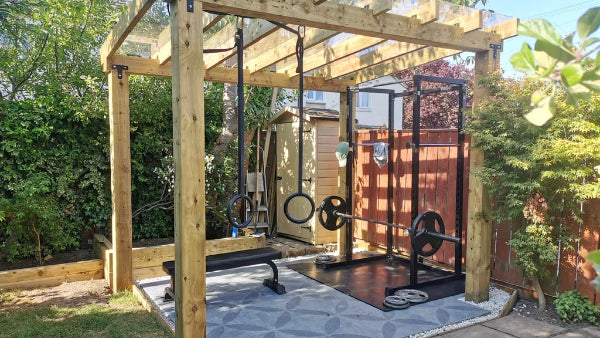Are you tired of commuting to the gym or working out in a crowded, stuffy space? Designing a backyard gym with landscaping elements offers a personalized, refreshing alternative. Whether you’re into yoga, weight training, or functional fitness, creating an outdoor gym in your backyard not only boosts your health but also adds value and beauty to your home.
In this post, we’ll explore how to design a backyard gym that blends seamlessly with your landscaping, creating a tranquil yet powerful space for daily workouts.
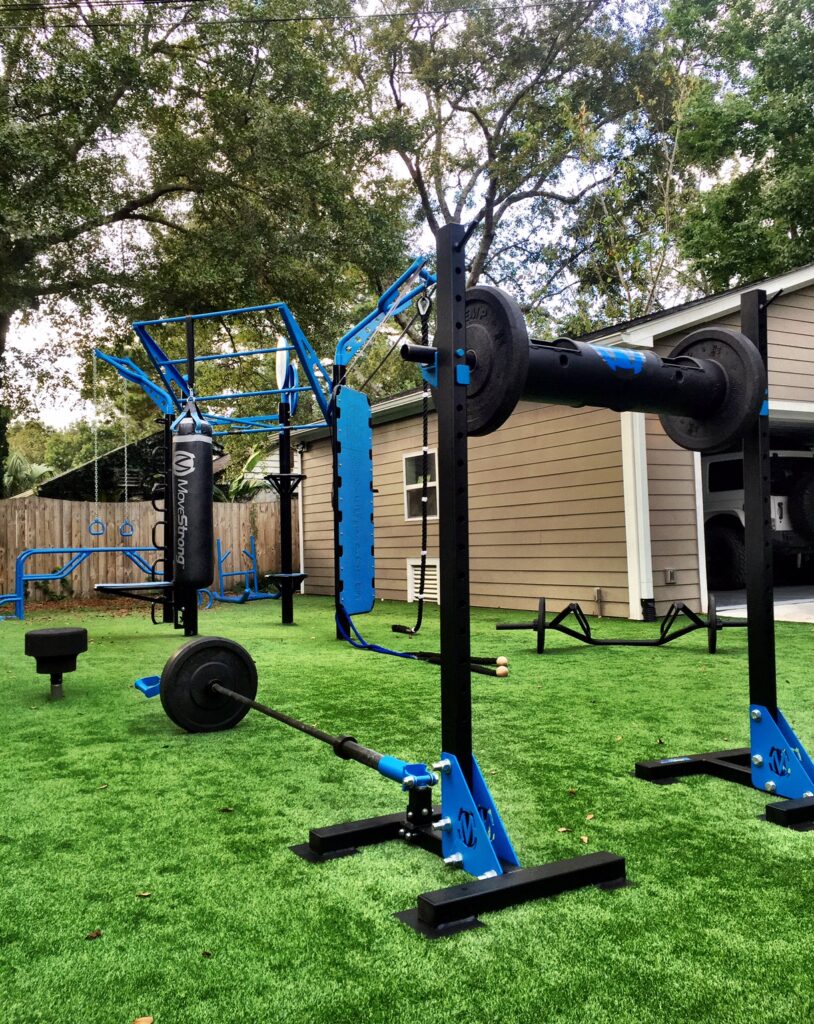
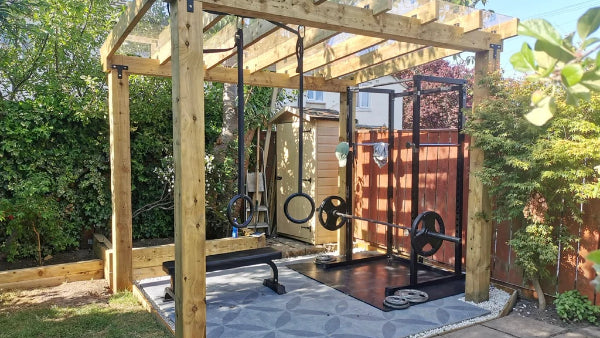
Why Build a Backyard Gym?
A backyard gym offers convenience, privacy, and a direct connection to nature. Studies show that exercising outdoors enhances mood, reduces stress, and increases motivation. Instead of being confined within walls, you’re surrounded by fresh air, natural light, and your personalized green space.
Benefits of a Backyard Gym:
No commute or membership fees
Customizable to your workout style
Enhanced mental well-being through nature exposure
Increased property value
Year-round usability with the right setup
Planning Your Outdoor Gym Space
Before you install equipment, it’s essential to plan your backyard gym layout and choose landscaping elements that support your fitness goals.
Choose the Right Location
Select a flat area in your yard with sufficient sun and shade. A corner of the yard, a patio, or a converted deck can be great starting points. Consider proximity to your home for easy access to water, electricity, and storage.
Focus keywords: backyard gym design, outdoor gym layout
Decide on Workout Zones
Design your space with function in mind. Divide your outdoor gym into zones, such as:
Strength training zone: space for dumbbells, kettlebells, or a squat rack
Cardio area: space for jump ropes, battle ropes, or agility ladders
Yoga and stretching zone: a quiet corner with mats, under a pergola or tree
Green walls not only improve air quality but also provide privacy. Use climbing plants like ivy, jasmine, or clematis on trellises to create a natural wall around your gym.
Install outdoor-friendly flooring like rubber tiles, composite decking, or paver stones to prevent injuries and provide a level surface. Use wood chips or artificial turf for a softer, more natural look.
Install a pergola, retractable awning, or large umbrella to shield your gym area from harsh sun and rain. Add climbing plants or vines to your shade structures for a more integrated look.
Use retaining walls as seating or storage, and incorporate benches, flat boulders, or low stone walls for bodyweight exercises. Hardscaping adds structure and visual interest to your fitness area.
Design landscaped walkways connecting your home to your gym using stepping stones, gravel, or concrete paths. This enhances both the appearance and usability of your yard.
Equipment for Your Outdoor Gym
Choose weather-resistant equipment that can withstand outdoor conditions or be easily stored. Essentials may include:
Adjustable dumbbells or kettlebells
Resistance bands
Pull-up bar or power tower
Jump rope and agility ladder
Outdoor yoga mat or raised platform
Storage bench or weatherproof containers
Lighting and Ambience
If you plan to work out early morning or in the evening, install solar-powered LED lights, string lights, or ground lanterns for visibility and ambiance. Lighting also boosts safety and makes your space usable year-round.
Maintenance and Durability
Use weather-resistant materials and regularly maintain your landscaping. Trim plants, remove debris, and clean equipment to keep your backyard gym safe and inviting. Store smaller items in waterproof storage when not in use.
Eco-Friendly and Sustainable Options
Use reclaimed wood for structures and benches
Collect rainwater for plants
Choose drought-tolerant, native plants for low-maintenance greenery
Add compost bins or garden beds nearby for a holistic wellness space
Final Thoughts
Designing a backyard gym with landscaping elements is more than just putting equipment outside—it’s about creating a harmonious outdoor retreat where fitness meets nature. By combining smart design with natural beauty, you can turn your backyard into a personal wellness sanctuary.
